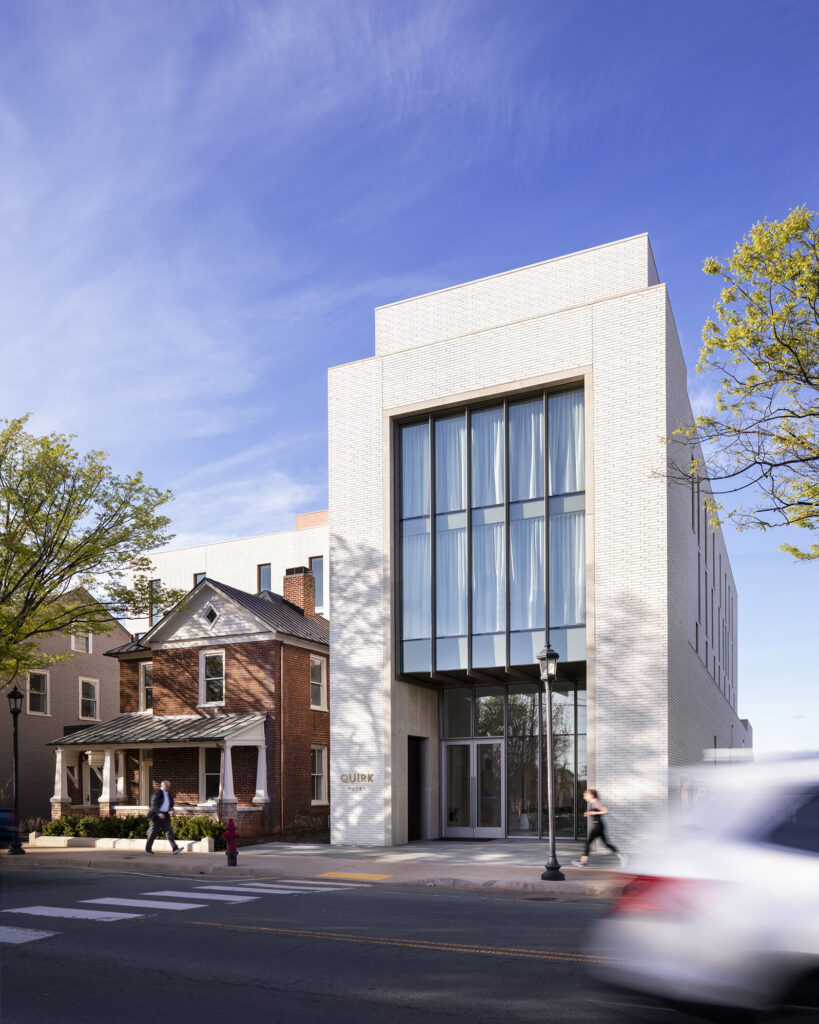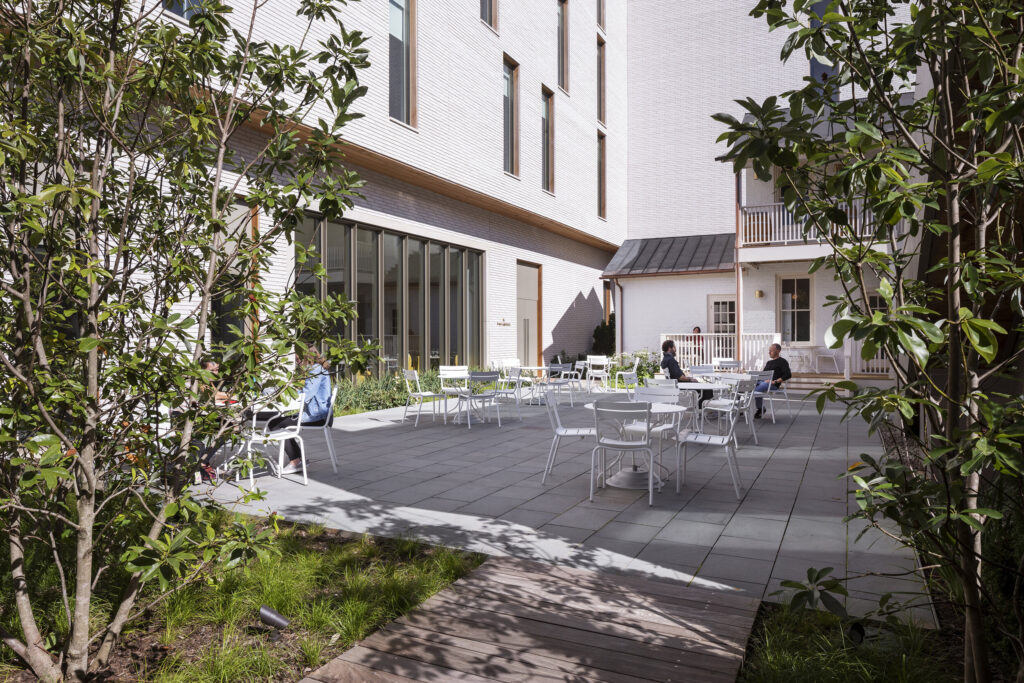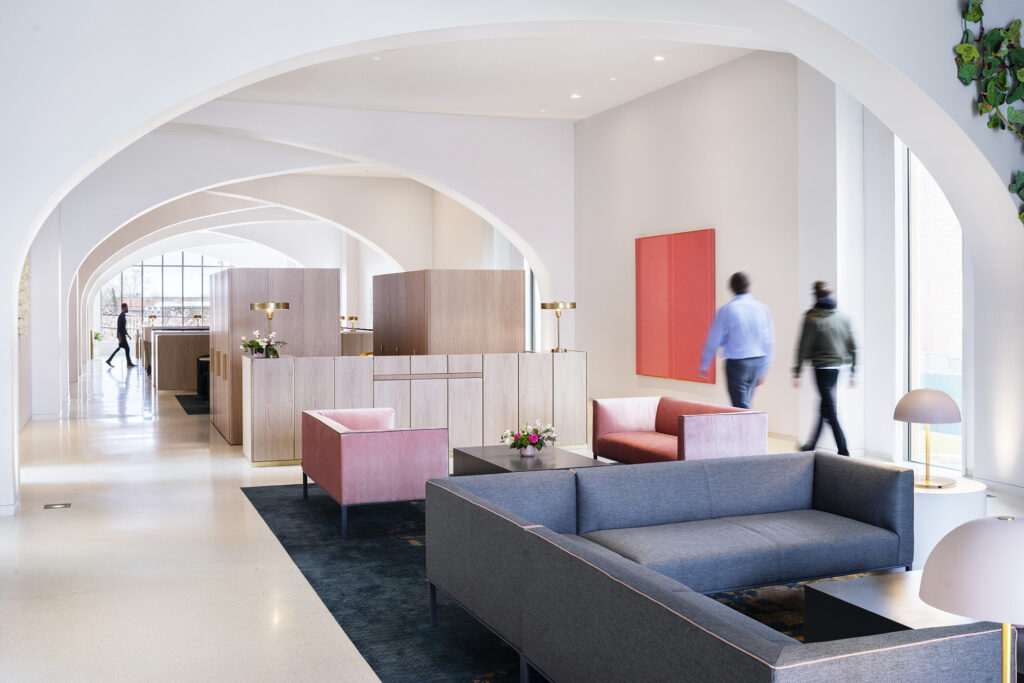Breathless encomiums about Charlottesville’s renaissance over the past decade are easy to understand. There’s been lots of housing and commercial infill, especially along stretches of road between town and gown outposts. The county’s infrastructure projects ringing the city have started to address (but still not solve) the traffic congestion. The newly completed South Lawn and hospital complex expansion projects are marvels of civil engineering. The Rotunda recently reemerged after a multimillion-dollar renovation as a model of thoughtfulness and probity. In parts of town where tuition-paying parents might have a Coke and a burger, things are generally looking leafier and cleaner.
But, the bigger conversation about gentrification (and what used to be called urban renewal) isn’t just an academic rejoinder. Topics like displacement and community safety are in the news and on the lips of Realtors, two drivers of public perception and a Central Virginia real estate market that’s seen double-digit growth in the last 18 months. A new hotel for West Main Street in the shadow of Vinegar Hill, Starr Hill, and 10th and Page, then, comes with a special mandate to create connections to its neighborhoods.

The Quirk Hotel, designed by Richmond- and Brooklyn-based ARCHITECTUREFIRM, began with this need for connectivity from the inside-out at the lobby, rather than at the periphery of the property. “That was the starting point and all the other pieces layered on top of it,” says Danny MacNelly, co-founder and partner at ARCHITECTUREFIRM. “You can have a great parti, but in the end, it’s a hotel and you have a lot you have to fit into that hotel, but the lobby gave us the organizing element to create connections for the project.”
Quirk, as a burgeoning hospitality brand in the region started by Ted and Katie Ukrop, also focuses on connecting the existing fabric to the hotel enterprise. The first Quirk in Richmond, designed by 3north (one of MacNelly’s projects) and completed in 2015, transformed the 1916 J.B. Mosby & Co. building on West Broad Street, part and parcel of the Ukrops’ broader stewardship of historic buildings downtown over the years. The second Quirk for Charlottesville transformed the entire block in three ways: creating what can only be described as an interblock pocket-park, incorporating two existing structures from 1824 and 1890 into the site plan and landscape design by landscape architect Gregg Bleam, and establishing two public facing façades rather than just one.

“It was important to design the building so there wasn’t a back,” says the project architect Mitch Crowder. “We made the art gallery the front face of Commerce Street and the hotel as the front face of West Main, so we think of it as a sculpture-in-the-round.”
The art gallery, a dramatic two-level space with rotating exhibitions along the north side of the site, is meant to be a public amenity along with the much more compressed lobby. In the gallery, an elongated eyebrow arch draws the gaze along the full length of the space (and prevents the ceiling from being a forgettable plane for recessed lights). In the lobby, a tighter set of arches slalom down the space’s principal axis, drawing the gaze and the body in, while also creating bays that suggest pathways to a lounge and bar, a restaurant, the gallery, and Commerce Street beyond.
“What the hotel is trying to do is be a public anchor inside, with outdoor space around it that you can infiltrate in different ways,” says co-founder and partner Adam Ruffin. “Quirk is a hub for the neighborhood, participates in the life around it, and also becomes an important destination in the city.”

Ruffin, along with ARCHITECTUREFIRM’s Danny MacNelly and Katie MacNelly, met at the School of Architecture at the University of Virginia a mile away from Quirk, and graduated together in 2002. They all moved to New York together, but individually joined a who’s-who of area firms — Adam ended up at Thomas Phifer and Partners, Katie at Gerner, Kronick + Valcarcel Architects, and Danny at Audrey Matlock Architects and FXFOWLE. Danny decamped for 3north eventually, luring both his partner (and wife) Katie to Richmond. When the three decided to start their firm, Adam became its Brooklyn contingent and Danny and Katie formed its Richmond base. When it came time to choose a name, all agreed that it needed to be practical in advertising the nature of their business while also representing their firm’s values.
“Our name is really about the anonymity of the players,” says Ruffin, “It’s not about any one person’s idea, but it’s about the work. When someone like Mitch joins us later, why should his work be under the banner of the partners’ names? For us, ARCHITECTUREFIRM is about privileging the work.”
As tourism returns to the region in 2021 and 2022, there could be more work for the Quirk brand in ARCHITECTUREFIRM’s future. For now, though, the firm is interested in how this Quirk contributes to its block’s future, says MacNelly.
“It’s not a big neighborhood, but it’s a vocal one,” he says, “and we were able to assuage their concerns about what new development could mean for them. In the end, it’s less about propping up a neighborhood and more about connecting and knitting this block together with the things around it—the things and people that are important for the city’s identity.”
About the author
William Richards is a writer and editorial consultant based in Washington, D.C. From 2007 to 2011, he was the Editor-in-Chief of Inform Magazine.
